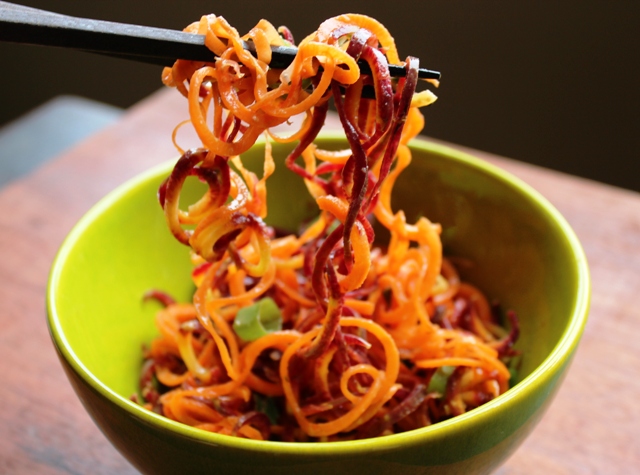Have you all seen this book? MEATONOMIC$, by David Simon was released earlier this month. My copy arrived in the mail late last week (I had preordered it!) and I’m eager to begin reading it. I think it will be a great text to include in my Animals, Ethics and Food class and as recommended reading for anyone interested in understanding how the meat and dairy economies function.
Here’s a brief description of the book:
Few consumers are aware of the economic forces behind the production of meat, fish, eggs, and dairy. Yet omnivore and herbivore alike, the forces of meatonomics affect us in many ways.
This is the first book to add up the huge “externalized” costs that the animal food system imposes on taxpayers, animals and the environment, and it finds these costs total about $414 billion yearly. With yearly retail sales of around $250 billion, that means that for every $1 of product they sell, meat and dairy producers impose almost $2 in hidden costs on the rest of us. A $4 Big Mac really costs society about $11, and regardless whether you even eat meat, you incur a share of $7 in external costs each time someone buys a burger.
Perhaps more troubling, consumers have lost the ability to decide for themselves what – and how much – to eat. Those decisions are made instead by animal food producers who control consumers’ buying choices with artificially-low prices, misleading messaging, and heavy control over legislation and regulation. Learn how and why they do it and how you can respond.
Written in a clear and accessible style, Meatonomics provides vital insight into how the economics of animal food production influence our spending, eating, health, prosperity, and longevity. From MEATONOMIC$ website
The economics of the meat and dairy industries are a vitally important topic — both because of their costs (monetary, environmental, health, animal welfare, etc.) and because of the deeply problematic politics of these economies (subsidies, corporate interests, etc.).
Over the next few weeks, I’m going to be reading this book. If anyone is interested in joining me, please do and I’ll post another post with my thoughts on the text and we can have a discussion in the comments section. Like a virtual book club.

 Follow
Follow
















